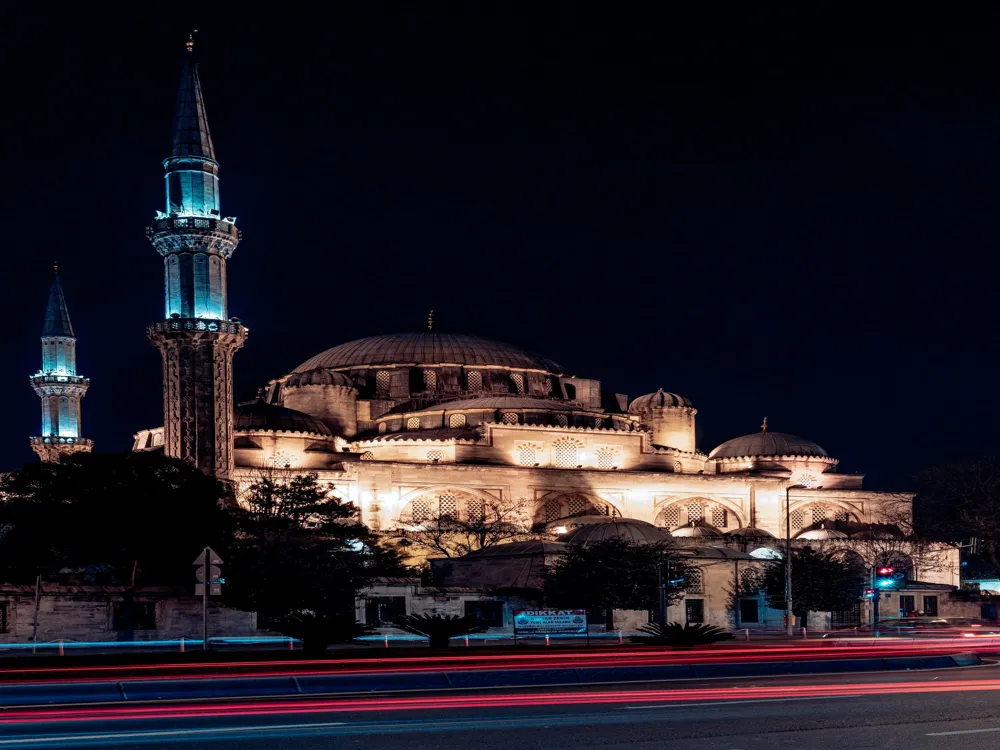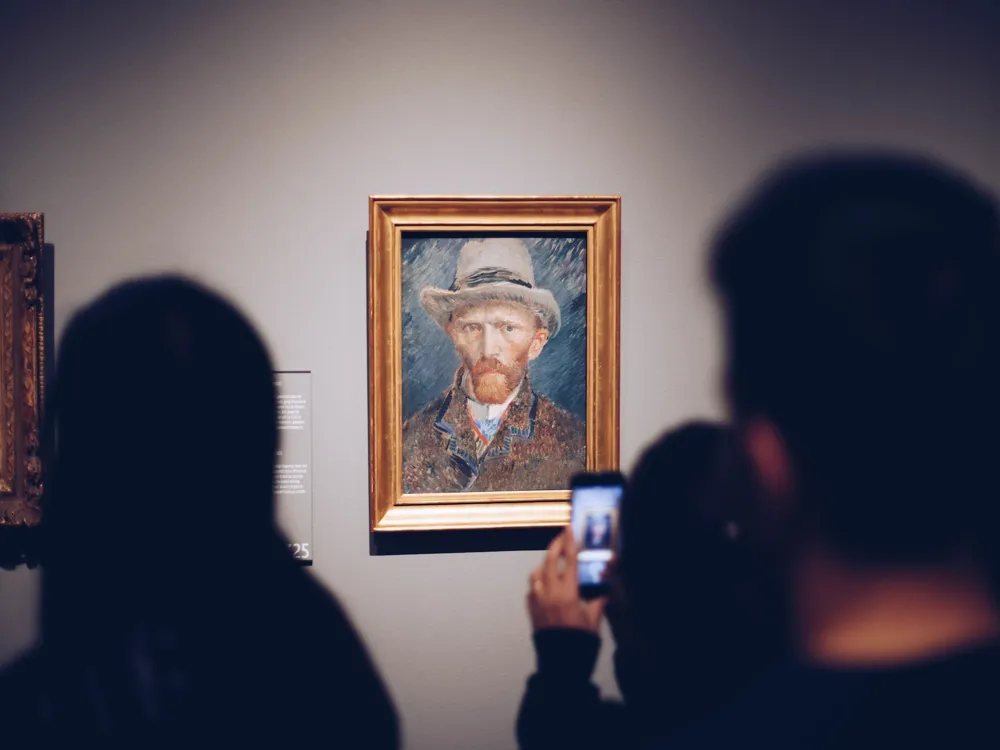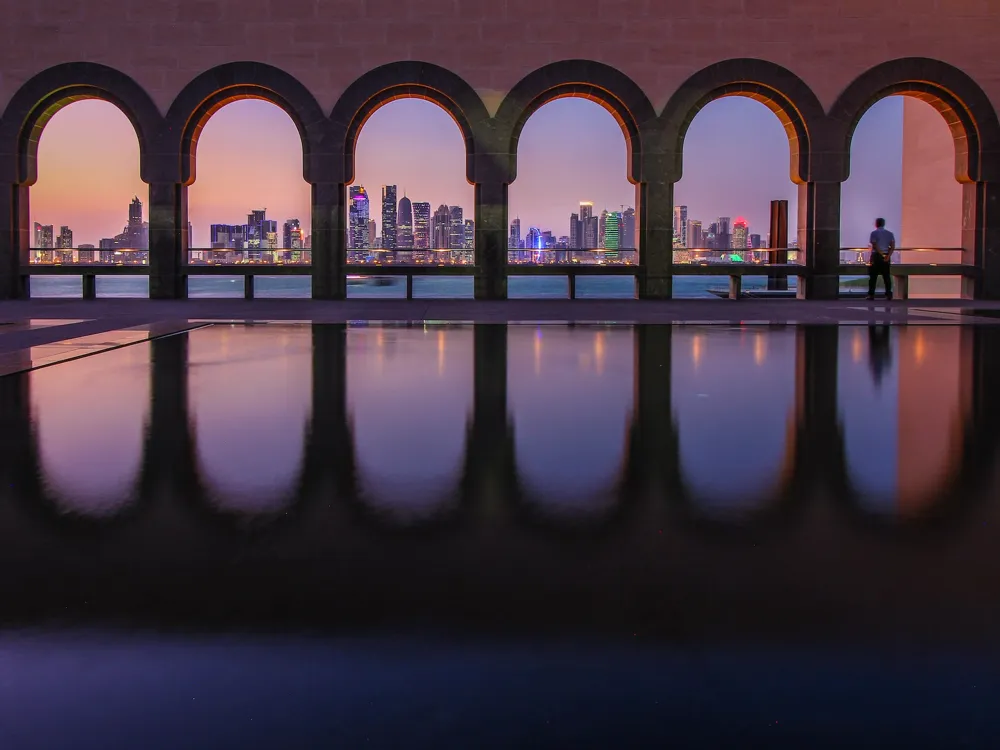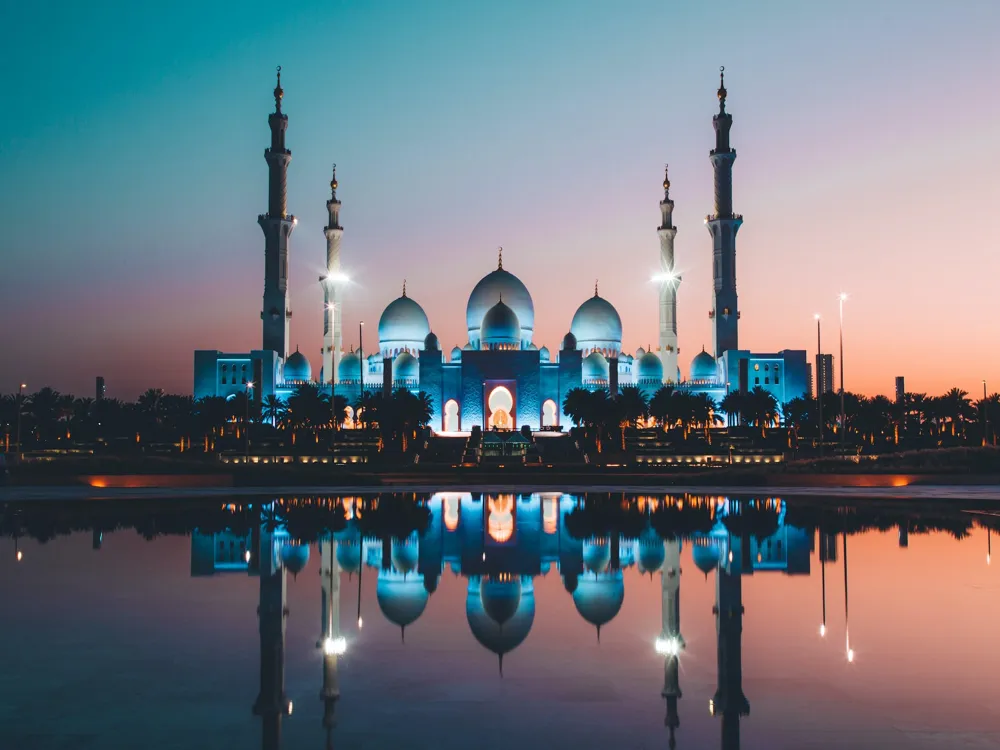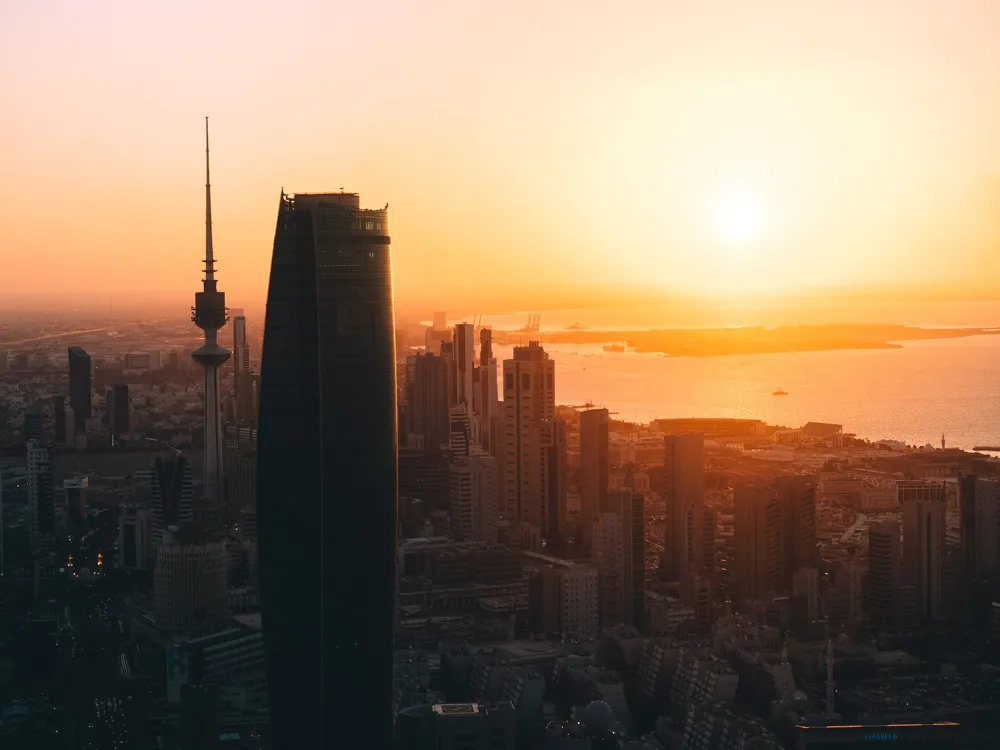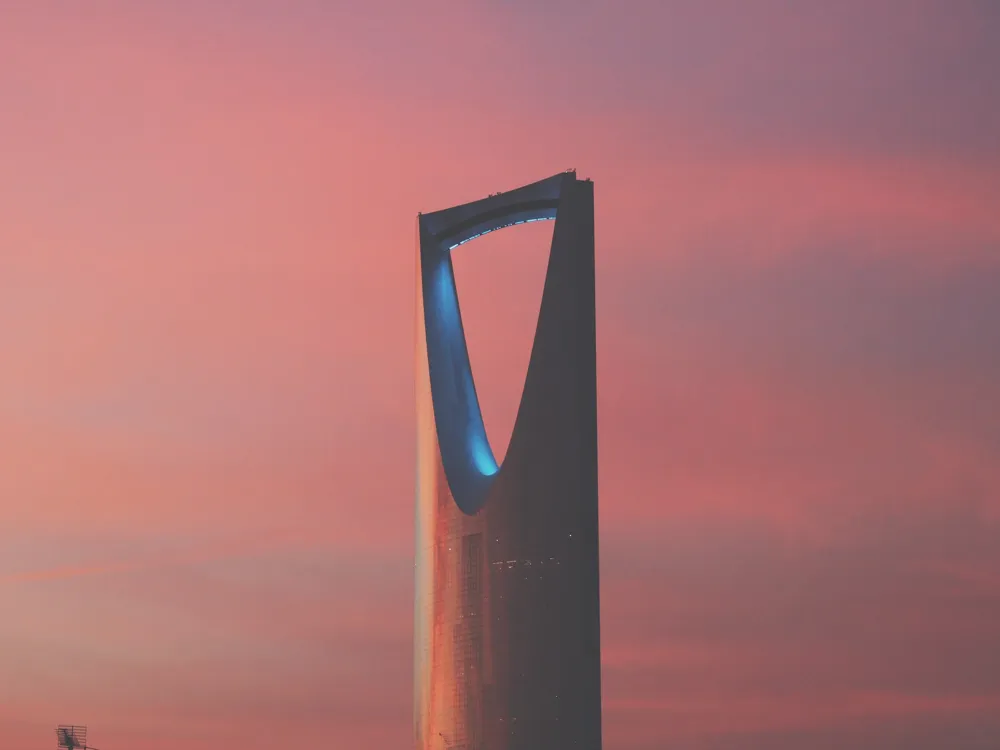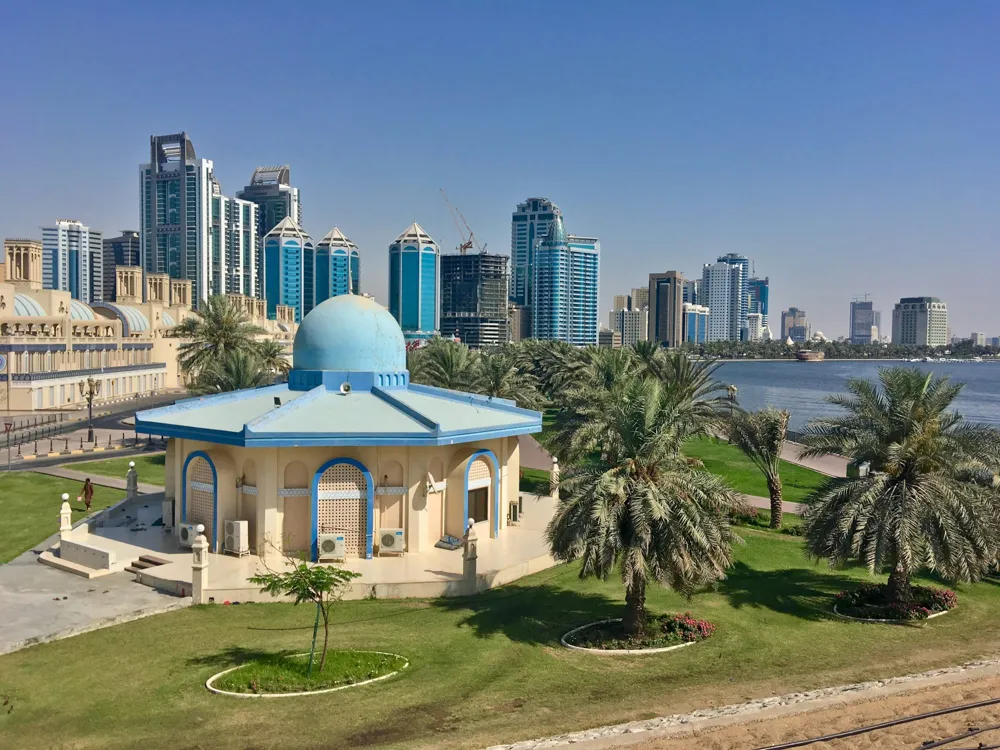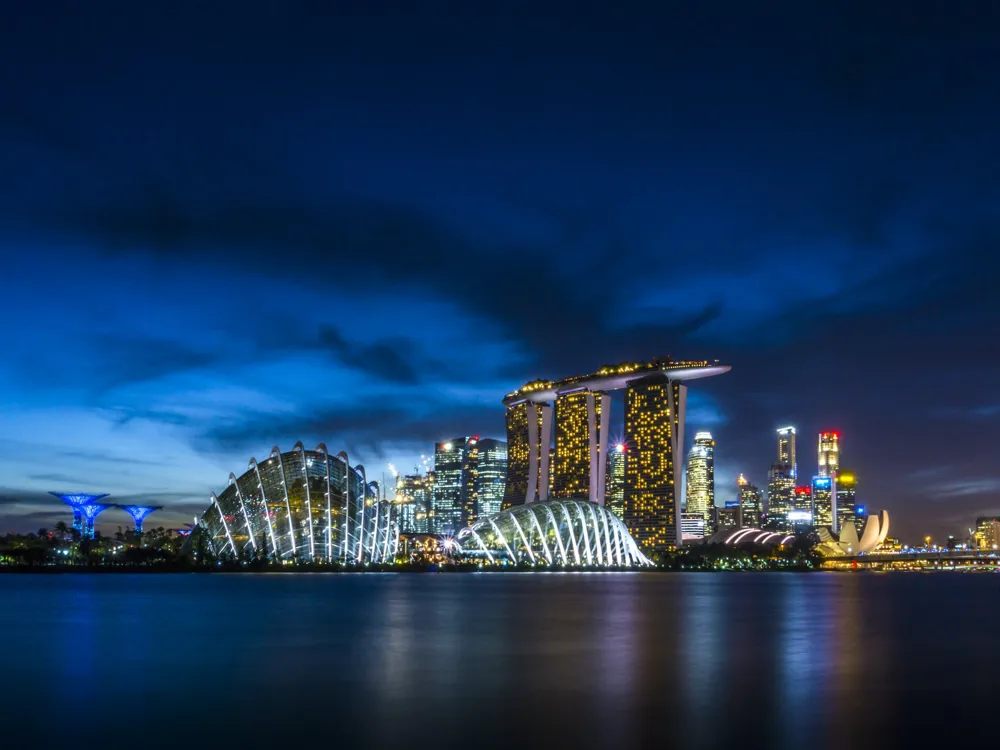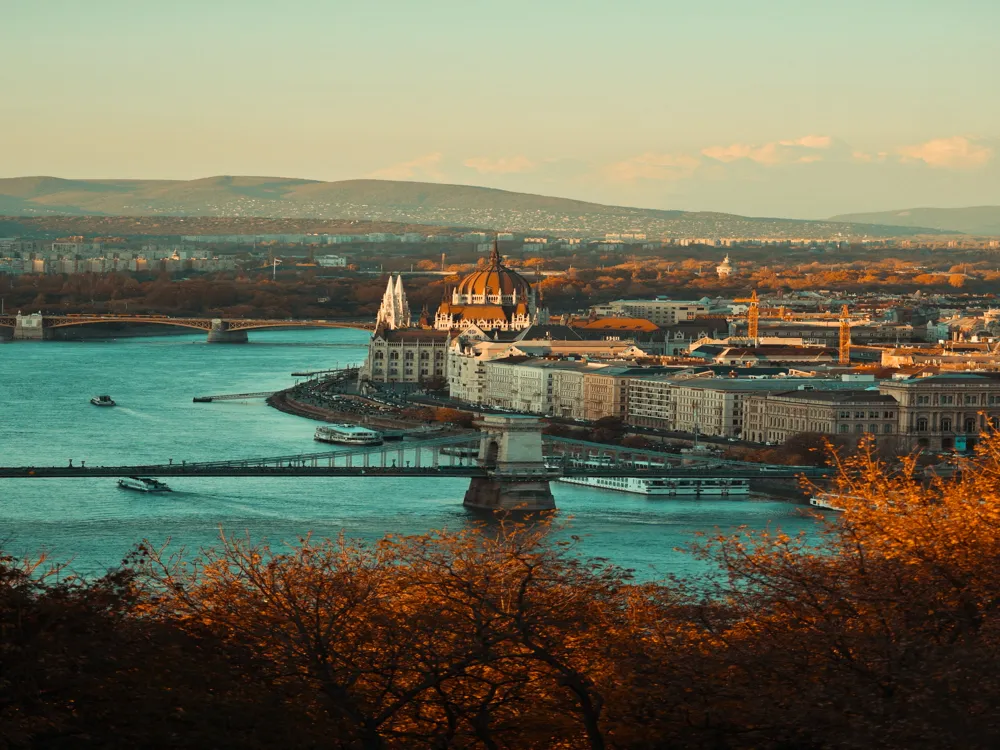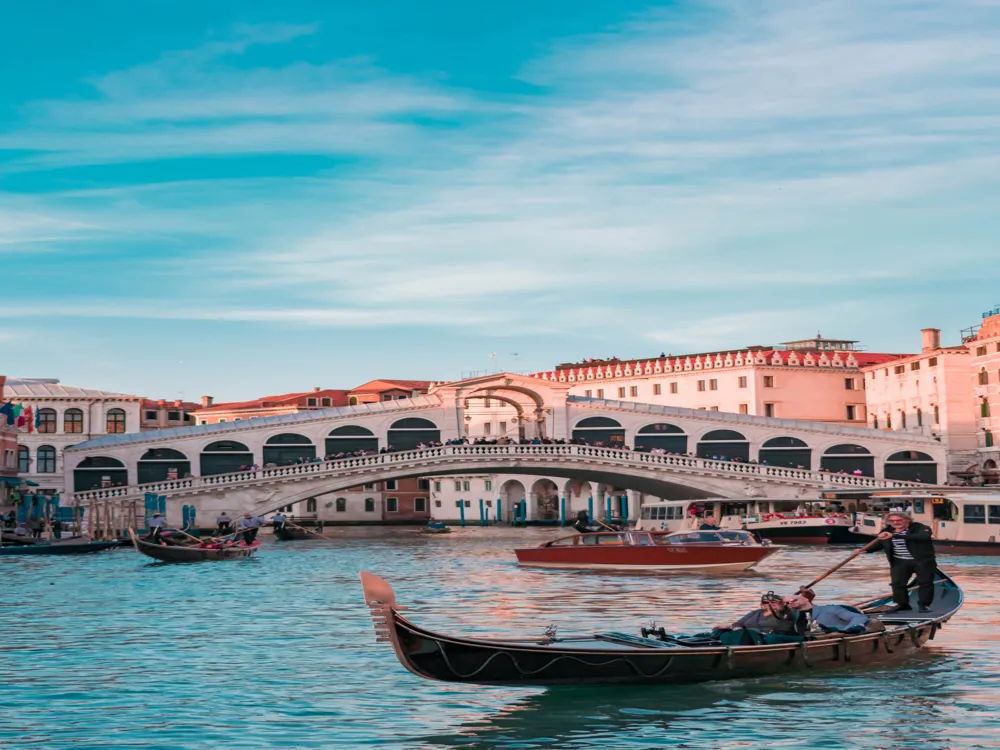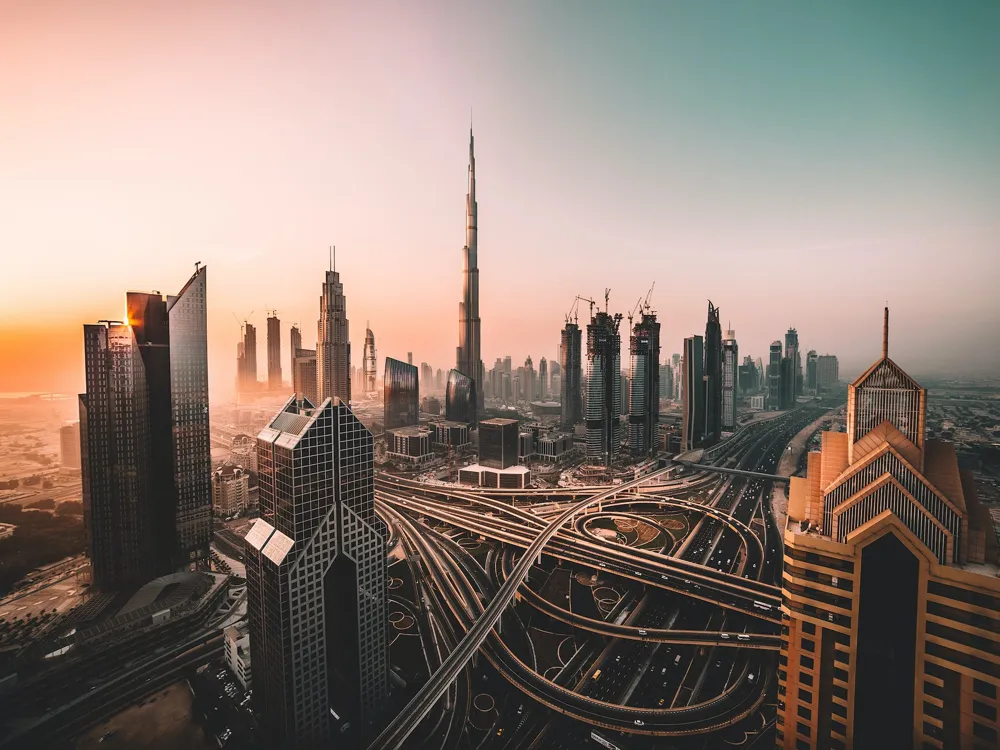Qala'at al-Bahrain Manama, also known as the Bahrain Fort or Portuguese Fort, is an archaeological site located in Bahrain, on the Arabian Peninsula. Historically, it has been an important trading port and the capital of the ancient Dilmun civilization. This remarkable fort offers a journey through 5,000 years of Bahrain’s history, showcasing layers of human occupation dating back to the Bronze Age. The site covers an area of around 180,000 square meters and is strategically positioned atop a 12-meter high artificial hill. This height provided defense advantages and a commanding view over the surrounding area. The fort itself, known for its impressive architecture, is a part of the larger Qala'at al-Bahrain site, which includes an ancient harbour and capital city of the Dilmun era. In 2005, UNESCO designated it as a World Heritage Site, acknowledging its historical significance. The fort's history spans several civilizations, including the Kassites, Greeks, Portuguese, and Persians. Each of these cultures left its mark on the architecture and artifacts found at the site. Excavations have unearthed extensive structural remains and numerous artifacts, such as ancient copper tools, pottery, and small statues, which are crucial in understanding the social, economic, and religious practices of its past inhabitants. The current structure, predominantly visible today, dates back to the 16th century when the Portuguese built it. Despite this, the site's earliest elements trace back to around 2300 BC. The fort's layout reflects the architectural evolution over centuries, with each era contributing to its expansion and fortification. Today, Qala'at al-Bahrain stands not just as a historical monument but also as a testament to the rich cultural and commercial history of Bahrain and the Arabian Gulf region. The architecture of Qala'at al-Bahrain is a palimpsest of various historical periods, each contributing uniquely to its overall structure. The fort's design is a blend of Bahrain's indigenous architectural traditions and the influences of the Portuguese, who rebuilt and fortified it in the 16th century. The fort's walls, made from coral stone and limestone, stand testament to the traditional building materials used in the region. The layout of the fort is irregular, adapting to the contours of the hill it stands on. The fortification includes a number of towers, some of which were built in different eras, showcasing varied architectural styles and purposes. Inside, the fort houses a complex of rooms, halls, and passageways. The rooms were used for various purposes, including storage, living quarters, and defensive positions. The Portuguese influence is evident in the battlements and the strategic positioning of cannons. Notably, the site also reveals older architectural elements from the Islamic and Dilmun periods, highlighting the fort’s role as a continuous settlement site. The archaeological excavations at the site have uncovered residential, public, commercial, and religious structures, providing insights into the urban layout and social organization of the Dilmun civilization. The findings include temples, public buildings, and an ancient gate, all indicating a well-planned urban center with advanced architectural and engineering practices for its time. The most intriguing aspect of Qala'at al-Bahrain's architecture is how it encapsulates the passage of time and cultures. The fort is not just a structure but a narrative in stone and mortar, telling stories of trade, invasions, cultural exchanges, and the everyday lives of its inhabitants over millennia. The best time to visit Qala'at al-Bahrain is during the cooler months from November to March. During this period, the weather is pleasant, making it ideal for exploring the outdoor site. Consider taking a guided tour to enhance your understanding of the fort's history and significance. Guides can provide in-depth information about the site's architecture and archaeological discoveries. Dress modestly and comfortably. Light, breathable clothing is recommended, along with a hat and sunscreen to protect against the sun. The fort offers excellent opportunities for photography, especially during sunrise and sunset. Be respectful of the site and avoid using flash indoors or in sensitive areas. Carry water with you, as exploring the site can be tiring, especially during warmer months. Qala'at al-Bahrain is located in the northern part of Bahrain, near the city of Manama. It is easily accessible by various modes of transportation. By Car: The site is a short drive from Manama city center. There is ample parking available near the site. By Public Transport: Buses run regularly from Manama to the site. Visitors can check the latest bus schedules and routes to plan their journey. By Taxi: Taxis are readily available in Manama and can be a convenient way to reach the fort. Make sure to agree on the fare before starting your journey. By Tour Operators: Many tour operators in Bahrain offer trips to Qala'at al-Bahrain, often as part of a larger tour of Bahrain’s historical sites. Read moreOverview of Qala'at al-Bahrain in Manama
Architecture of Qala'at al-Bahrain
Tips When Visiting Qala'at al-Bahrain
Best Time to Visit
Guided Tours
Dress Appropriately
Photography Tips
Stay Hydrated
How To Reach Qala'at al-Bahrain
Manama Tourism
Best Time to Visit Manama
How to Reach Manama
Things To Do, Manama
Qala'at al-Bahrain
Manama
NaN onwards
View manama Packages
Manama Travel Packages
View All Packages For Manama
Top Hotel Collections for Manama

Private Pool

Luxury Hotels

5-Star Hotels

Pet Friendly
Top Hotels Near Manama
Other Top Ranking Places In Manama
View All Places To Visit In manama
View manama Packages
Manama Travel Packages
View All Packages For Manama
Top Hotel Collections for Manama

Private Pool

Luxury Hotels

5-Star Hotels

Pet Friendly







